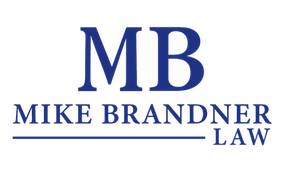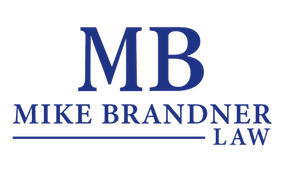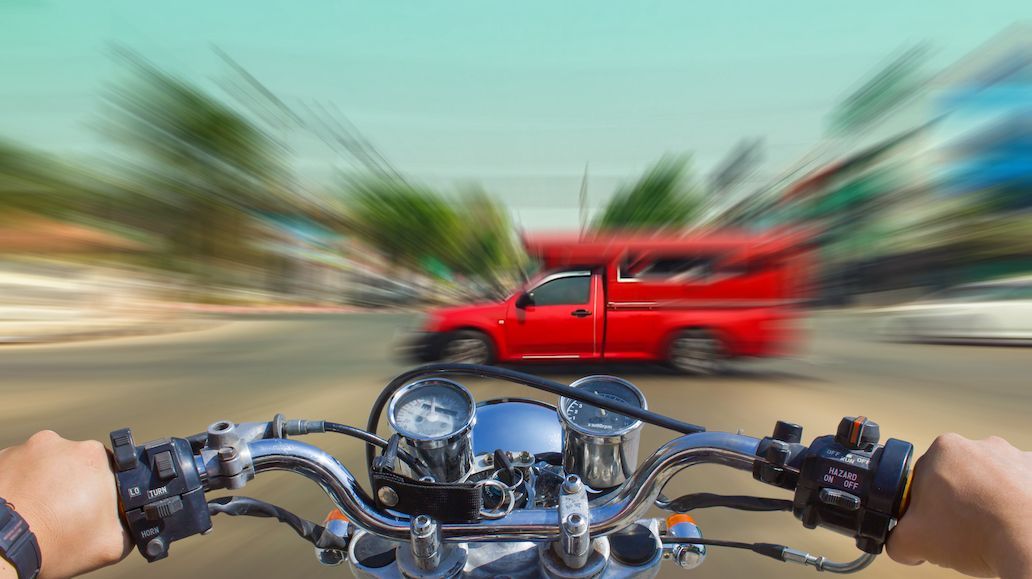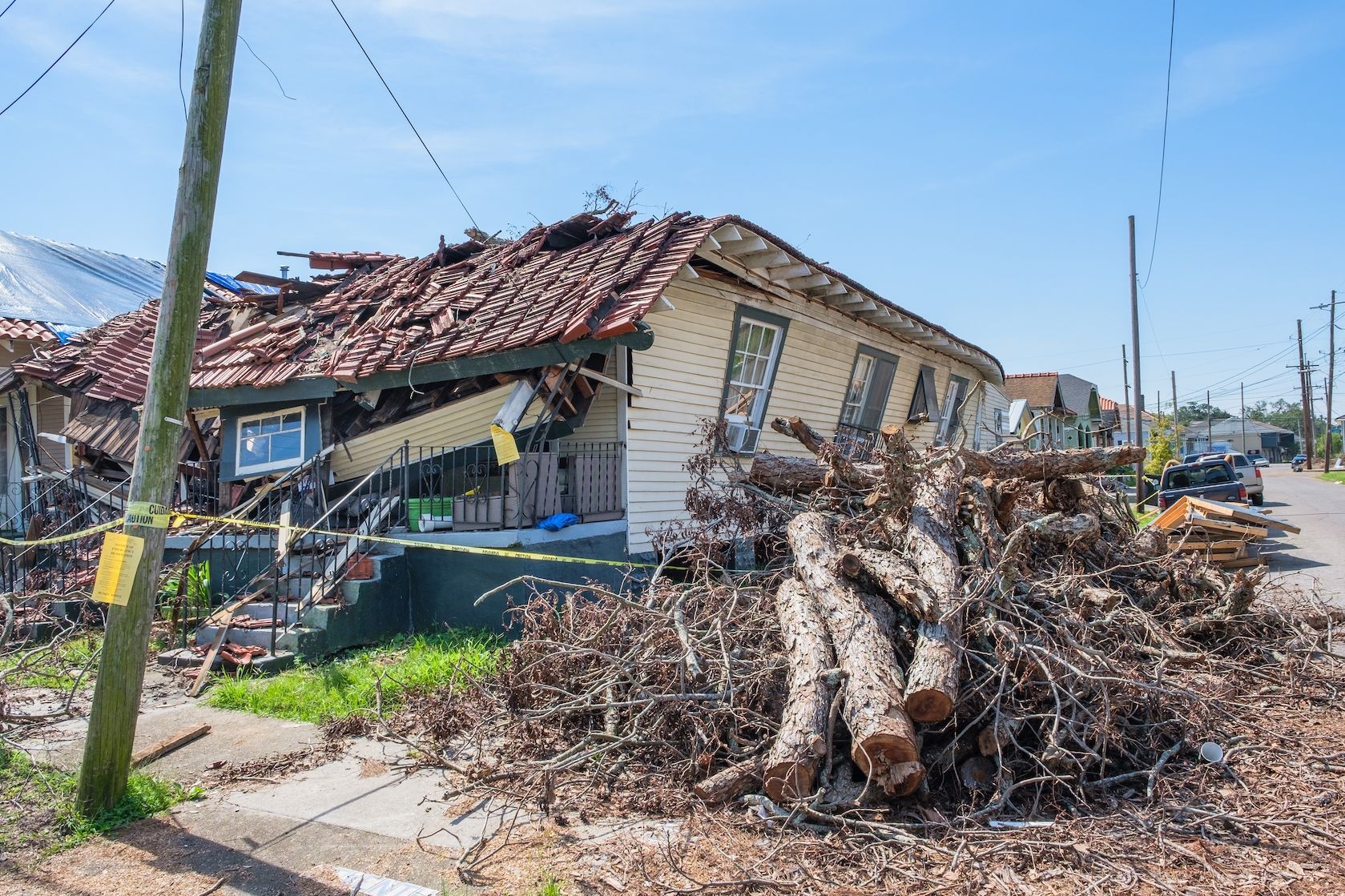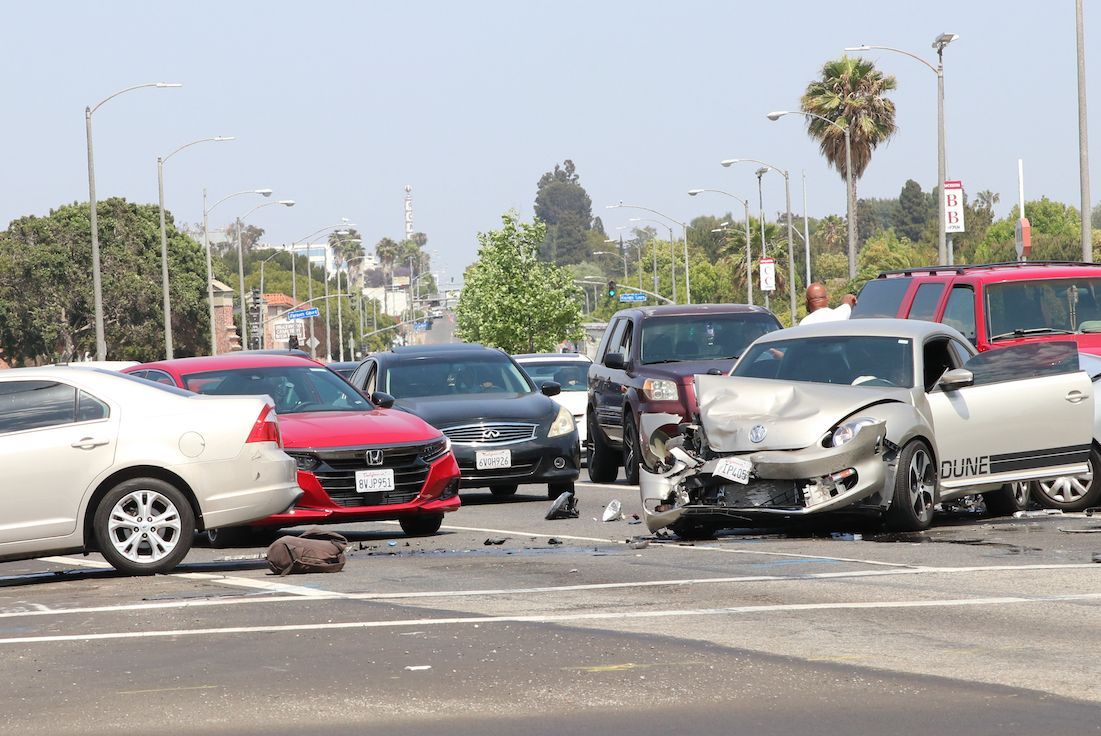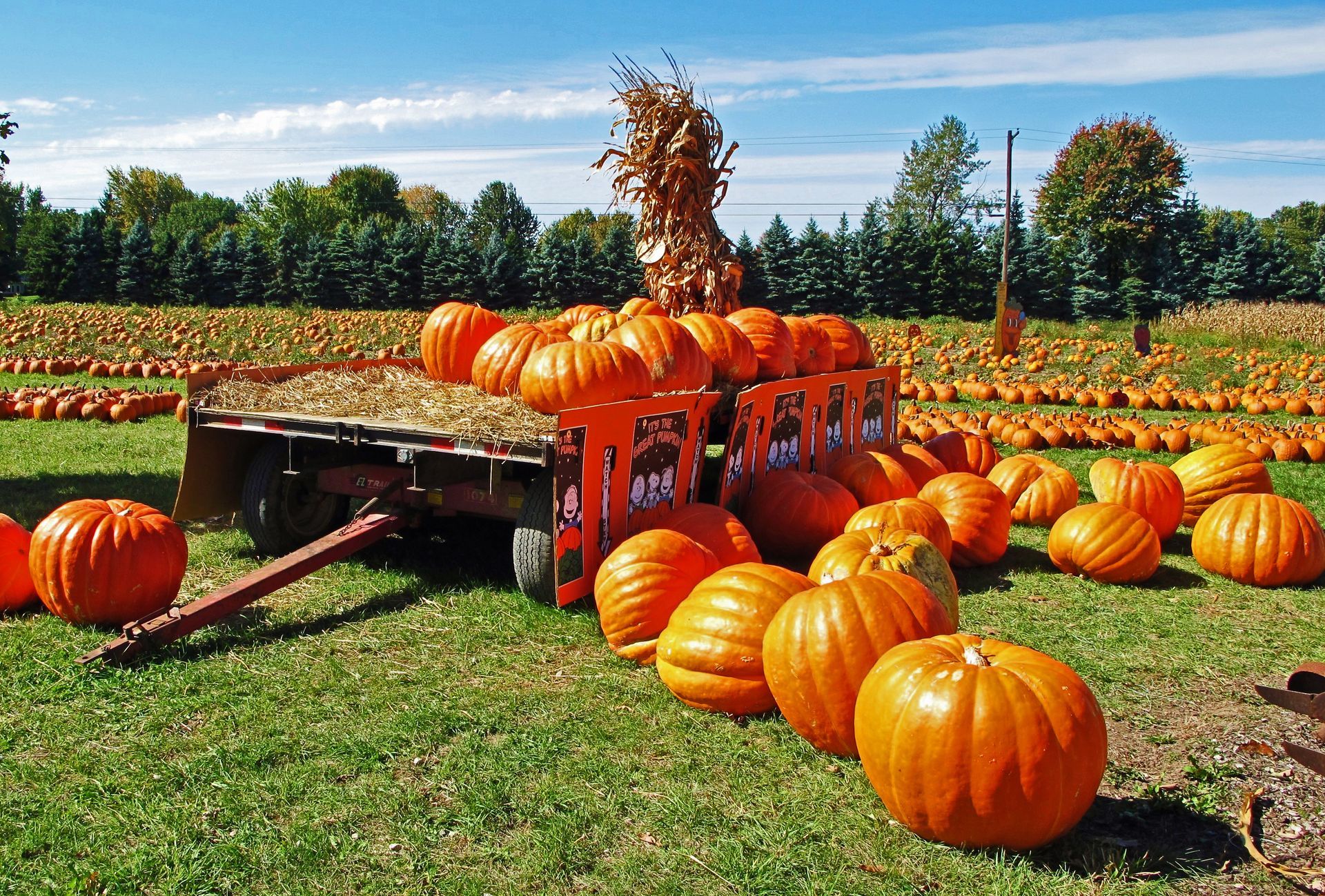Is there a ‘Move Over’ Law in Louisiana?
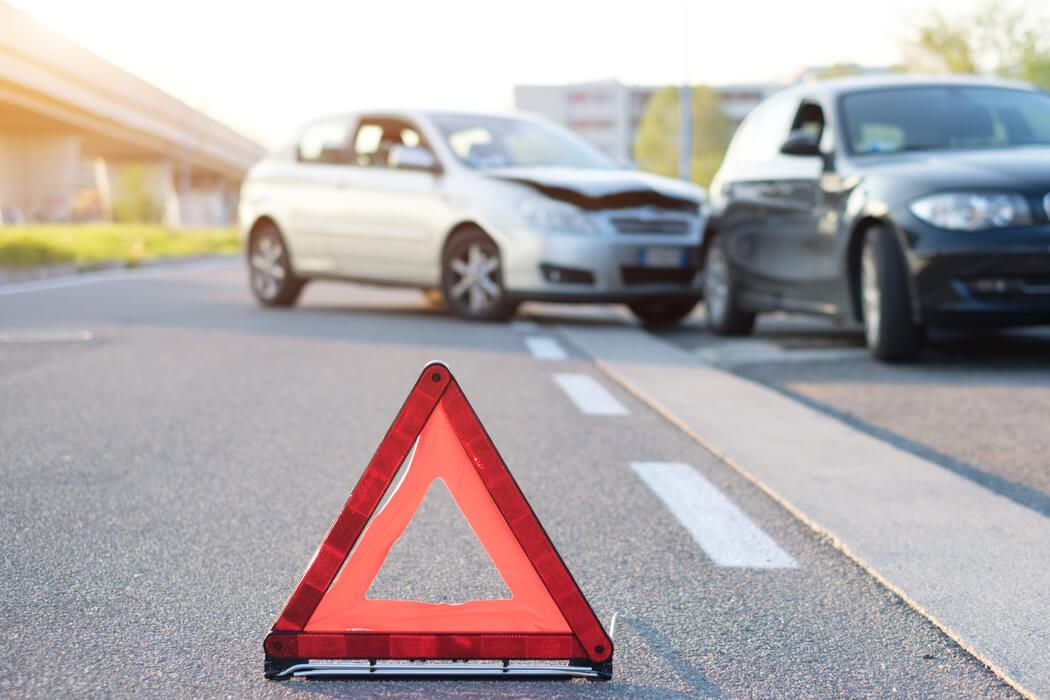
Louisiana state law mandates drivers change lanes when approaching stationary vehicles displaying flashing lights. These could be police vehicles, emergency vehicles, or tow trucks. The law also states the driver should reduce their speed if it is not possible to change lanes. This is to provide the operator of the stationary vehicle with space. This law is Louisiana’s move over law. If you suffer injury in any sort of auto accident, do not assume it is completely your fault or even partially your fault. The assistance of our Louisiana crash attorney will prove essential in your quest for justice and financial compensation.
Why Louisiana’s Move Over Law Exists
The purpose of Louisiana’s move over law is to prevent injury to police officers. This law also covers EMTs, tow truck drivers, and other emergency personnel. Louisiana governor John Bel Edwards states that vehicles have struck and killed more than 150 police officers in the past two decades. You can do your part to keep police officers and other emergency personnel safe. Vacate the lane closest to a parked emergency vehicle when you see one.
The Letter of the Law
32.125 details exactly how drivers must proceed to when approaching a parked emergency vehicle on the side of the road/highway or being trailed by such a vehicle. As soon as you see any type of emergency vehicle with its lights or siren on, you must provide him or her with the right-of-way. This means you must make an attempt to drive parallel to the emergency vehicle in the right-hand lane. This ensures that driver can reach the party in need of assistance as quickly as possible. As soon as you get out of the emergency vehicle’s way, keep on the lookout for additional emergency vehicles approaching.
Penalties for Violating Louisiana’s Move Over Law
Those who violate Louisiana’s move over law can face a fine upwards of $200. However, this does not mean every single driver who fails to change lanes will receive a fine. In some situations, the dynamics of traffic make it impossible to change lanes to prevent a potential collision with an emergency vehicle or emergency personnel. If you cannot change lanes, come to a stop when an emergency vehicle is behind you, or pull over to the side of the road. When approaching a parked emergency vehicle, the law states you should slow your speed.
Louisiana’s move over laws initially required drivers to reduce their speed to 25 mph when passing a parked emergency vehicle or when such a vehicle is trailing them. The law now states the driver must travel at a reasonable rate of speed appropriate for the situation in question. The word “reasonable” is important. Rapidly reducing one’s speed or coming to a complete stop can prove dangerous to fellow drivers when driving on highways.
Injured in a Car Accident? Contact Our Louisiana Crash Attorney
If you suffer injury in any sort of accident and suspect another party or institution is even slightly responsible for your pain, meet with our Louisiana crash attorney as soon as possible. We will review your case to determine if a filing a personal injury lawsuit is prudent.
Let
Mike Brandner Law focus on the legal aspect of this unfortunate event while you recuperate and do your best to return to work. Give us a call to schedule a free consultation. There is no fee unless we win your case. Our office hours are 8:00 a.m. to 5:00 p.m., yet our team is available 24/7 to take your call. You can also interact with one of our friendly reps through our website’s Live Chat. So don’t wait. Contact us today!
